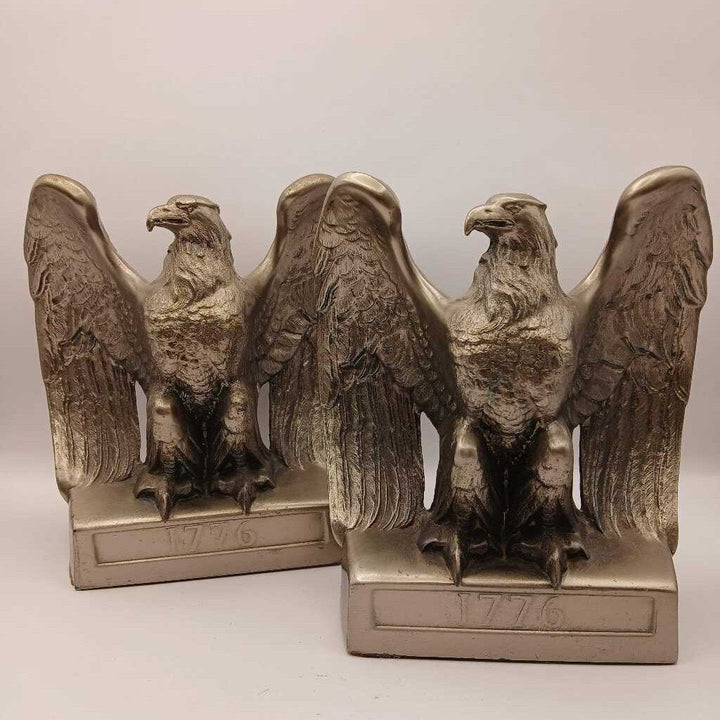The thrill of discovering a unique treasure while shopping secondhand is undeniable. But when it comes to consignment shops and thrift stores, the experience and purpose differ in meaningful ways. Whether you’re hunting for designer finds or embracing sustainable shopping, understanding these distinctions can help you navigate your options and make informed choices.
What is a Consignment Shop?
Imagine stepping into a boutique filled with carefully curated clothing, accessories, and home decor. That’s a consignment shop. These stores sell items on behalf of their original owners, who earn a percentage of the sale price.
Key Features of Consignment Shops:
- Higher-End Goods: Consignment shops often focus on quality, featuring designer brands or gently used items in excellent condition.
- Curated Inventory: Items are carefully selected by the shop to ensure they meet specific style or quality standards.
- Profit Sharing: When an item sells, the original owner receives a portion of the profit, typically 40–60%.
Shopping consignment is ideal for those seeking luxury pieces at reduced prices or unique, one-of-a-kind finds.
What is a Thrift Store?
In contrast, thrift stores are community-driven spaces where items are donated rather than consigned. These shops are often run by charitable organizations, with proceeds supporting causes like homelessness, education, or healthcare.
Key Features of Thrift Stores:
- Donated Inventory: Items are given freely by donors and range widely in quality, from vintage gems to everyday basics.
- Affordable Prices: Thrift stores are known for their budget-friendly pricing, making them accessible to a wide audience.
- Charitable Mission: Purchases often support nonprofit initiatives, making shopping here both economical and socially impactful.
Thrift stores are perfect for bargain hunters, DIY enthusiasts, and those looking to shop sustainably while giving back to their community.
Comparing Consignment and Thrift
| Feature | Consignment Shop | Thrift Store |
|---|---|---|
| Item Source | Sold on behalf of the owner | Donated by individuals |
| Pricing | Higher due to curated, higher-end goods | Lower, with a wide price range |
| Mission | Profit-sharing with item owners | Supporting charitable causes |
| Inventory Quality | Selective and typically upscale | Varied, with hidden gems possible |
How to Make the Most of Each
Shopping Consignment:
- Look for designer or vintage pieces you wouldn’t find elsewhere.
- Check return policies; many consignment shops offer flexible options.
- Consider consigning your own items to earn while you shop.
Shopping Thrift:
- Be ready to hunt—thrift stores often require patience to find treasures.
- Visit regularly, as inventory changes frequently.
- Embrace creativity—DIY projects can transform thrifted pieces into personalized gems.
Why Both Are Great for Sustainability
Both consignment and thrift shopping support sustainable consumption by extending the life of pre-loved items and reducing waste. They encourage recycling, reduce demand for fast fashion, and offer shoppers a way to make ethical purchasing decisions without sacrificing style or affordability.
The Joy of Secondhand Finds
Whether you’re drawn to the curated luxury of consignment shops or the treasure-hunting adventure of thrift stores, secondhand shopping offers something for everyone. Both options allow you to embrace sustainability, find unique items, and shop with purpose. So next time you’re on the hunt for a special piece, consider exploring both worlds—you never know what treasures await!
What’s your favorite find from a consignment shop or thrift store? Share your story in the comments!




